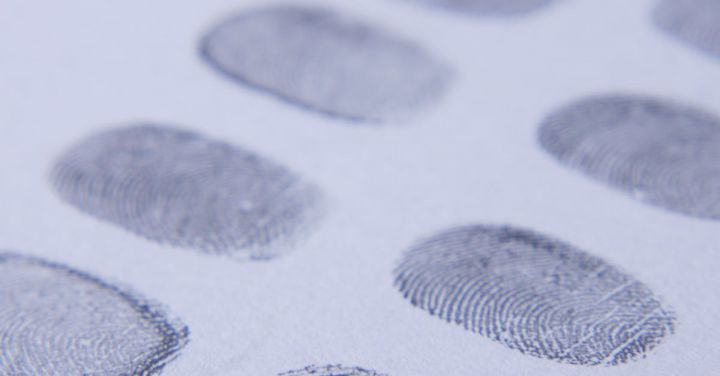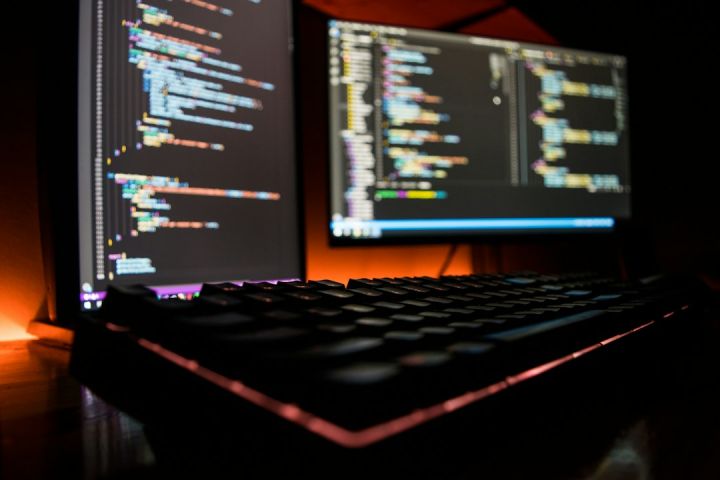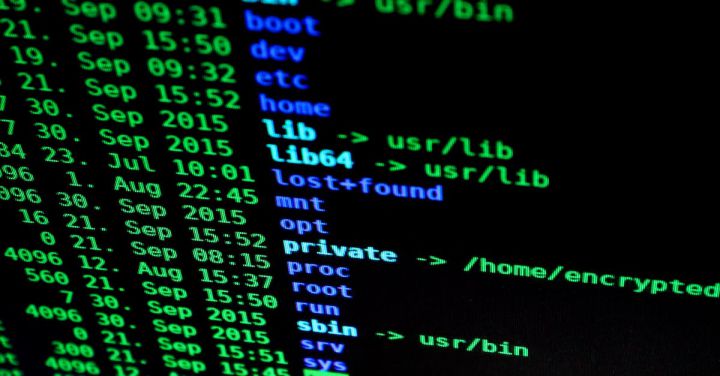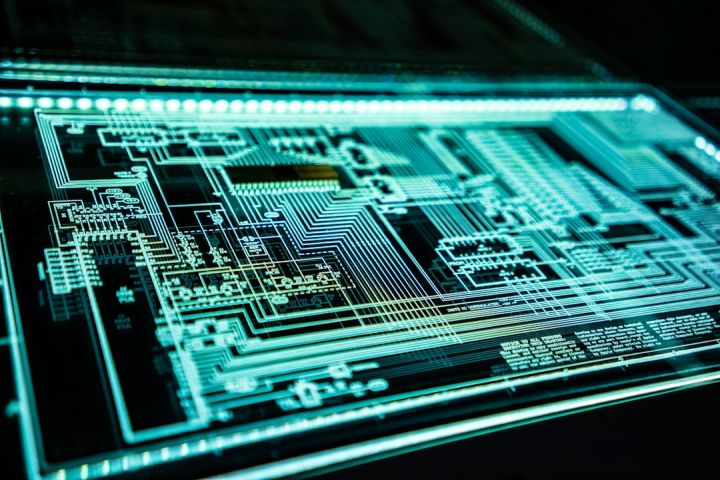What Are the Latest Techniques in Biometric Security?
Biometric security is a rapidly evolving field, with new techniques and technologies constantly emerging. These advancements are driven by the need for secure and convenient authentication methods in both personal and professional settings. In this article, we will explore some of the latest techniques in biometric security that are revolutionizing the way we protect our sensitive information.
Facial Recognition: Beyond the Basics
Facial recognition technology has been around for quite some time, but recent advancements have taken it to new heights. Traditional facial recognition systems relied on capturing a static image of a person’s face and comparing it to a database of known faces. However, the latest techniques now incorporate 3D modeling and depth sensing, allowing for more accurate and reliable identification. This improved technology has applications in various industries, including law enforcement, access control, and even personalized marketing.
Iris Scanning: Unparalleled Accuracy
Iris scanning is another biometric technique that has seen significant advancements in recent years. The iris, with its intricate and unique patterns, provides an unparalleled level of accuracy for identification purposes. The latest iris scanning systems are capable of capturing high-resolution images of the iris, even from a distance, making the process more convenient and user-friendly. Additionally, the use of infrared light ensures accuracy in various lighting conditions, further enhancing the reliability of this technique.
Voice Recognition: More Than Just Words
Voice recognition technology has come a long way since its inception. While it was once limited to basic voice commands, the latest techniques now allow for the identification of individuals based on their unique voice patterns. This technology goes beyond simple voice authentication and can detect patterns in speech, such as stress levels, intonation, and even emotional cues. This opens up a wide range of applications, from fraud detection in call centers to personalized voice assistants that adapt to the user’s emotions.
Fingerprint Recognition: Enhanced Speed and Security
Fingerprint recognition has long been considered one of the most reliable biometric techniques. However, recent advancements have made it even faster and more secure. One such technique is the use of capacitive sensors, which capture a more detailed image of the fingerprint, including the ridges and valleys. This improves accuracy and reduces false positives, making it an ideal choice for applications requiring both speed and security, such as mobile device authentication and secure access systems.
Behavioral Biometrics: A Unique Signature
Behavioral biometrics is a relatively new field that focuses on identifying individuals based on their unique behavioral patterns. This technique takes into account factors such as typing speed, mouse movements, and even gait analysis. By analyzing these patterns, it is possible to create a unique signature for each individual, providing an additional layer of security. Behavioral biometrics have applications in various industries, including fraud detection, continuous user authentication, and even healthcare monitoring.
The Future of Biometric Security
As technology continues to advance, so will the techniques in biometric security. We can expect to see further improvements in accuracy, speed, and convenience, making these authentication methods even more prevalent in our daily lives. Additionally, the integration of multiple biometric modalities, known as multimodal biometrics, will further enhance the security and reliability of these systems.
In conclusion, the latest techniques in biometric security are revolutionizing the way we authenticate individuals. From facial recognition and iris scanning to voice and fingerprint recognition, these advancements provide a more secure and convenient way to protect our sensitive information. As we look to the future, behavioral biometrics and multimodal biometrics will play an increasingly important role in ensuring the security of our digital world.






